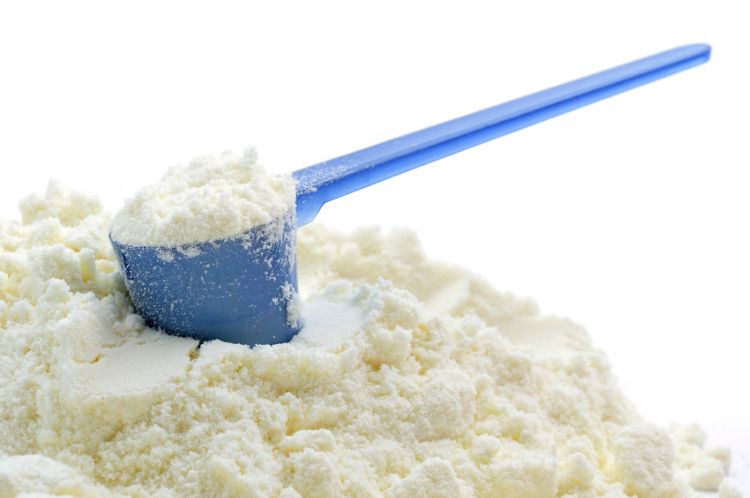Gluten-testing enzyme supplements is difficult, but scientists propose new method
Authors of a new study published in the Journal of Nutrition & Food Sciences are proposing a new way of gluten-testing enzyme supplements by modifying a commonly used gluten test method.
Photo © iStockphoto.com/AlasdairJames

Gluten testing is in growing demand as food, drink, and even dietary supplement makers look to confirm their products’ gluten levels, which is important to those with gluten sensitivities or those who suffer from celiac disease and who must avoid gluten. Enzymes are a popular category within the dietary supplements market, but enzymes are notoriously challenging when it comes to gluten testing, primarily because the enzymes themselves may digest any gluten fragments into such small size that they can no longer be detected by conventional gluten tests. However, authors of a new study published in the Journal of Nutrition & Food Sciences1 are proposing a new way of gluten-testing enzyme supplements by modifying a commonly used gluten test method.
One of the most common test methods for detecting gluten in standard food applications is a sandwich enzyme-linked immunoassay (ELISA), which uses the R5 antibody in testing. A standard sandwich ELISA method usually requires at least two binding sites for antibodies to bind to in order to detect gluten content. Many foods are still difficult to test using sandwich ELISA; for instance, in fermented foods, allergen (gluten) fragments are usually small-sized, making accurate analysis using sandwich ELISA difficult.
There is also a related ELISA test, called competitive ELISA, which only requires one binding site and that can detect smaller-sized peptide fragments. Even with competitive ELISA, however, enzymes remain difficult to test for gluten because the enzymes typically break gluten down into undetectable-sized fragments. The enzymes will destroy the antibodies required by the test, leading to false-positive results.
In their tests, the Journal of Nutrition & Food Sciences authors used the competitive ELISA test method to test an enzyme sample; however, they also first inactivated the enzymes by boiling the samples in a hot water bath. The researchers said that the enzymes tested included bacterial protease, fungal amylase, papain 66000, papain 48000, lipase Y, lipase O, fungal lactase, acid fungal protease, alpha-amylase, cellulase AN, protease S, and bromelain 3000.
In their test, the researchers spiked all of their enzyme samples with gluten. Before testing the samples for gluten using either the sandwich ELISA or competitive ELISA test methods, the researchers subjected some of the enzyme samples to boiling (at a temperature of 100 degrees Celsius) to inactivate the enzymes.
When the unboiled samples were tested, those subjected to the sandwich ELISA test showed false negative results (stating there wasn’t gluten present when there actually was), and those tested using the competitive ELISA method resulted in a false positive. However, samples in which the protease enzymes were subjected to the boiling treatment first and then tested using the competitive ELISA method (but not the sandwich ELISA method) did not exhibit false negatives or positives.
The study was conducted by researchers including those from enzyme-ingredient supplier Deerland Enzymes & Probiotics (Kennesaw, GA). One of the researchers, John Deaton, PhD, vice president of science and technology for Deerland Enzymes & Probiotics, said this study shows that “in order to test enzyme products for gluten using the competitive ELISA, the protease must be deactivated for more accurate results.”
References:
- Siebeneicher S et al. “Validation of a competitive ELISA method on supplemental enzyme matrices." Journal of Nutrition & Food Sciences, vol. 8, no. 3 (May 31, 2018)